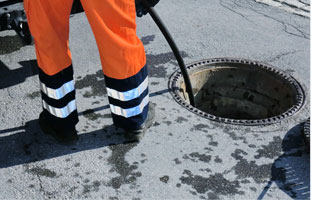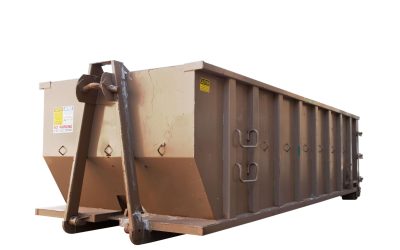Dewatering equipment is the expulsion of water from strong material or soil by wet characterization, centrifugation, and filtration, or comparable strong fluid partition procedures, for example, expulsion of leftover fluid from a channel cake by a channel press as a component of different mechanical procedures.
Developing dewatering equipment, unwatering, or water control are regular terms used to portray expulsion or emptying groundwater or surface water out of a riverbed, development site, caisson, or mine pole, by pumping or vanishing. On a development site, this dewatering might be actualized before subsurface uncovering for establishments, shoring, or basement space to bring down the water table. This every now and again includes the utilization of submersible “dewatering” pumps, outward pumps, educators, or use of vacuum to well focuses.
Dewatering equipment Access
Dewatering equipment is a little distance across tubes with spaces close to the base that are embedded into the ground from which water is drawn by a vacuum produced by a dewatering pump. Dewatering are regularly introduced at close focuses in a line along or around the edge of an exhuming. As a vacuum is constrained to the stature to which water can be attracted is restricted to around 6 meters. Dewatering can be introduced in stages, with the principal decreasing the water level by up to five meters, and a moment arrange, introduced at a lower level, bringing down it further. The water streaming between the profound wells might be gathered by a solitary line of well point at the toe. This strategy guarantees a substantially thicker width free from leakage powers.
Dewatering equipment lances are by and large used to attract out groundwater sandy soil conditions and are not as viable in mud or shake conditions. Open pumps are some of the time utilized rather than lances if the ground conditions contain noteworthy dirt or shake content.








